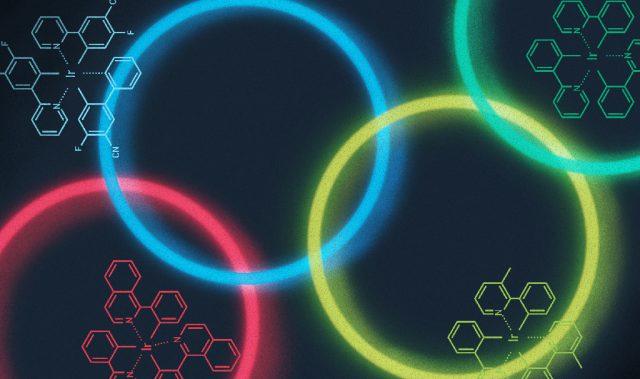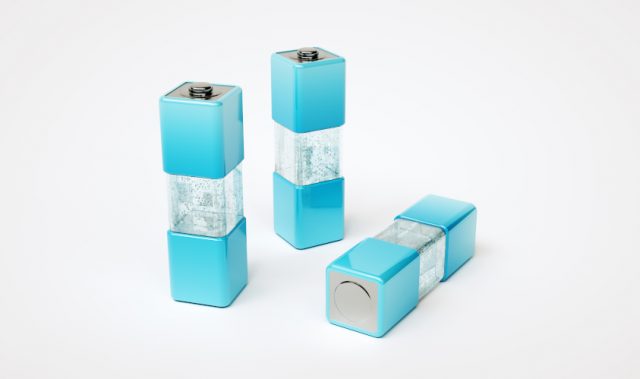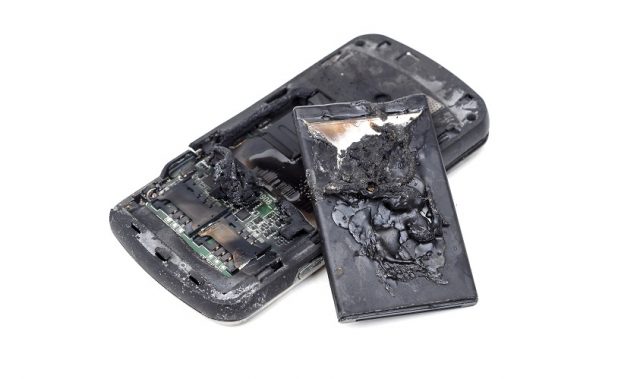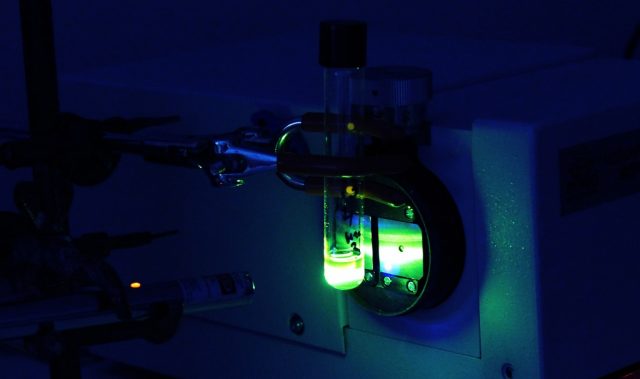
AsianScientist (Nov. 2, 2020) – Chances are, you’re reading this article on a device powered by a lithium-ion battery (LIB). Though these batteries are ubiquitous, underlying concerns over their safety have been voiced over the years. Addressing these safety concerns in a study published in the Journal of Materials Chemistry A, researchers from Japan used nuclear magnetic resonance (NMR) to analyze the formation of harmful structures called dendrites in LIBs.
Having won its inventors the 2019 Nobel Prize in Chemistry, there’s no doubt that LIBs have revolutionized the world of electronics. Since their invention in 1985, LIBs can now be found in virtually every portable device and are increasingly being used in electric vehicles. Not only are LIBs lightweight and rechargeable, but they offer one of the highest energy densities among battery types to boot. With these characteristics, LIBs may seem too good to be true—and in some ways, they are.
In the past few years, numerous instances of these batteries catching fire have made headlines worldwide. At the root of these explosions are spiky structures found on the negative electrode of LIBs called lithium (Li) dendrites. Typically formed after overcharging, Li dendrites penetrate the barrier between the negative and positive electrodes, causing the battery to short circuit. While previous studies have tried to pinpoint the exact time of dendrite formation, many experiments have fallen short as they were performed outside the battery’s actual electrochemical environment.

By using NMR, scientists from Okayama University led by Associate Professor Kazuma Gotoh managed to overcome this limitation and accurately track the deposition of Li ions in the process. Interestingly, the team found that dendrite formation was noticeably different among the overcharged states of the graphite and hard carbon electrodes. In graphite, Li dendrites formed soon after the electrode was fully lithiated or discharged. Meanwhile, Li dendrites only appeared after the formation of non-metallic crystalline Li clusters in the pores of the hard carbon electrode.
Their findings suggest that these Li clusters may act as a buffer for dendrite formation in overcharged LIBs. True enough, after analyzing rechargeable sodium-ion batteries (NIBs) with the same technique, the researchers observed similar results.
“We found that some carbon materials having inner pores (such as amorphous carbon) have a buffer effect for the deposition of Li and Na dendrites during overcharging of batteries,” said Gotoh. “This knowledge will play an important role in ensuring the safety of LIBs and NIBs.”
Moving forward, Gotoh and his team are now hoping to apply their findings to other types of rechargeable batteries, including solid-state batteries. By doing so, their research paves the way for a future with safer devices and truly sustainable energy resources.
The article can be found at: Gotoh et al. (2020) Mechanisms for Overcharging of Carbon Electrodes in Lithium-ion/Sodium-ion batteries Analyzed by Operando solid-state NMR.
———
Source: Okayama University; Photo: Shutterstock.
Disclaimer: This article does not necessarily reflect the views of AsianScientist or its staff.











